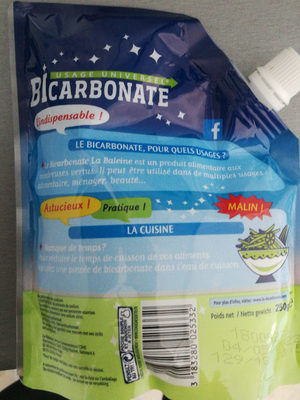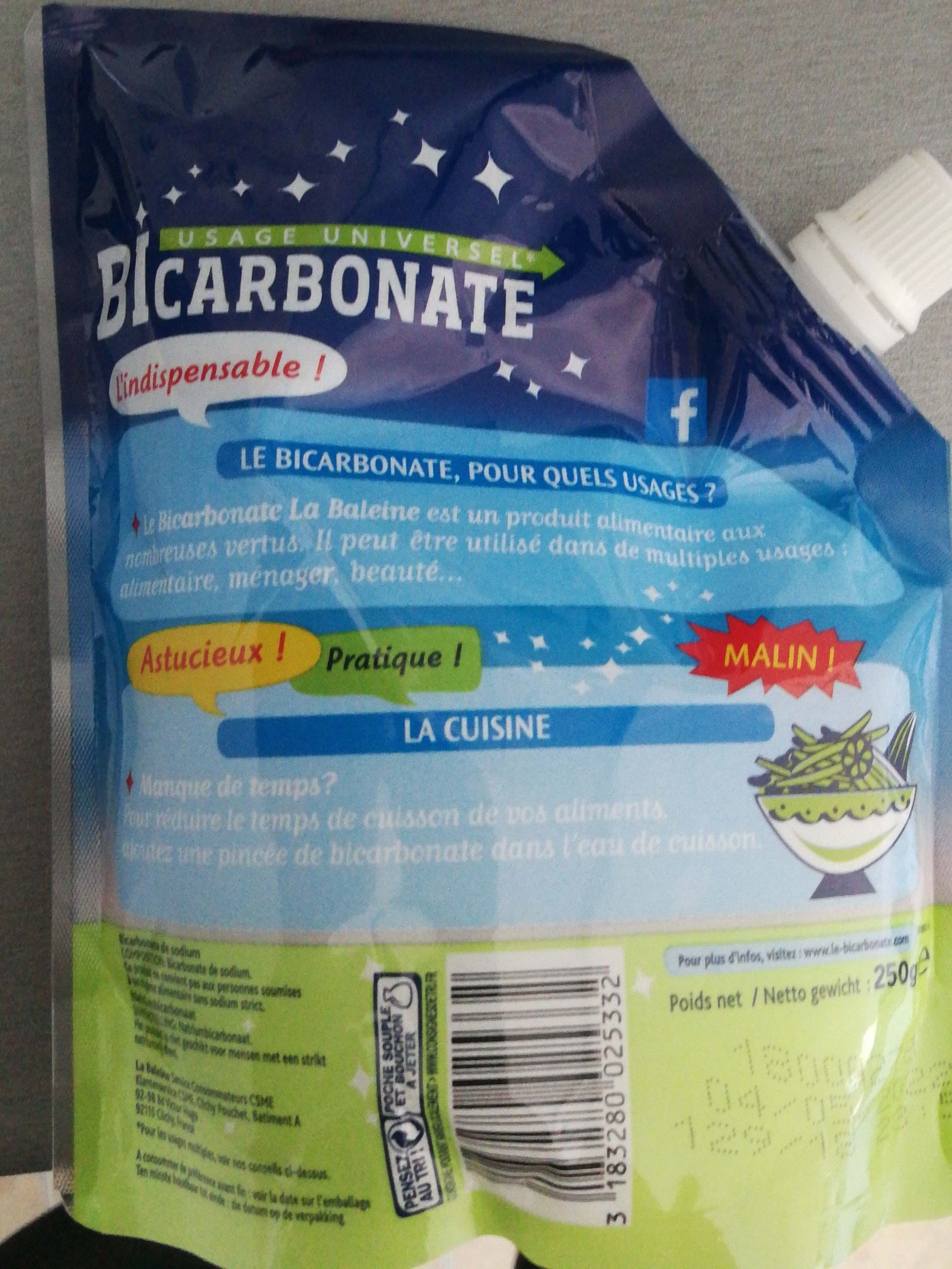Bicarbonate alimentaire - La Baleine - 250 g
この商品ページは完成していません。既存の写真からデータを編集または追加したり、 Android または iPhone/iPad のアプリを使用して写真を撮影して、手伝ってください。ありがとうございます!
×
バーコード: 3183280025332 (EAN / EAN-13)
数量: 250 g
パッケージング: en:Bag
ブランド: La Baleine
好みに合わせて
環境
カーボンフットプリント
パッケージング
輸送
Report a problem
情報元
製品に追加 によって kiliweb
最後に編集した製品ページ によって foodless.
製品ページの共同編集者 date-limite-app, julia222, openfoodfacts-contributors, packbot, teolemon, yuka.UXJvdUhhRTcvdHNndU1abXd3ckY0b0pseTQ2clRIMkZDOVZMSUE9PQ.
データが不完全または間違っている場合は、完了するか、このページを編集して、それを修正することができます。








